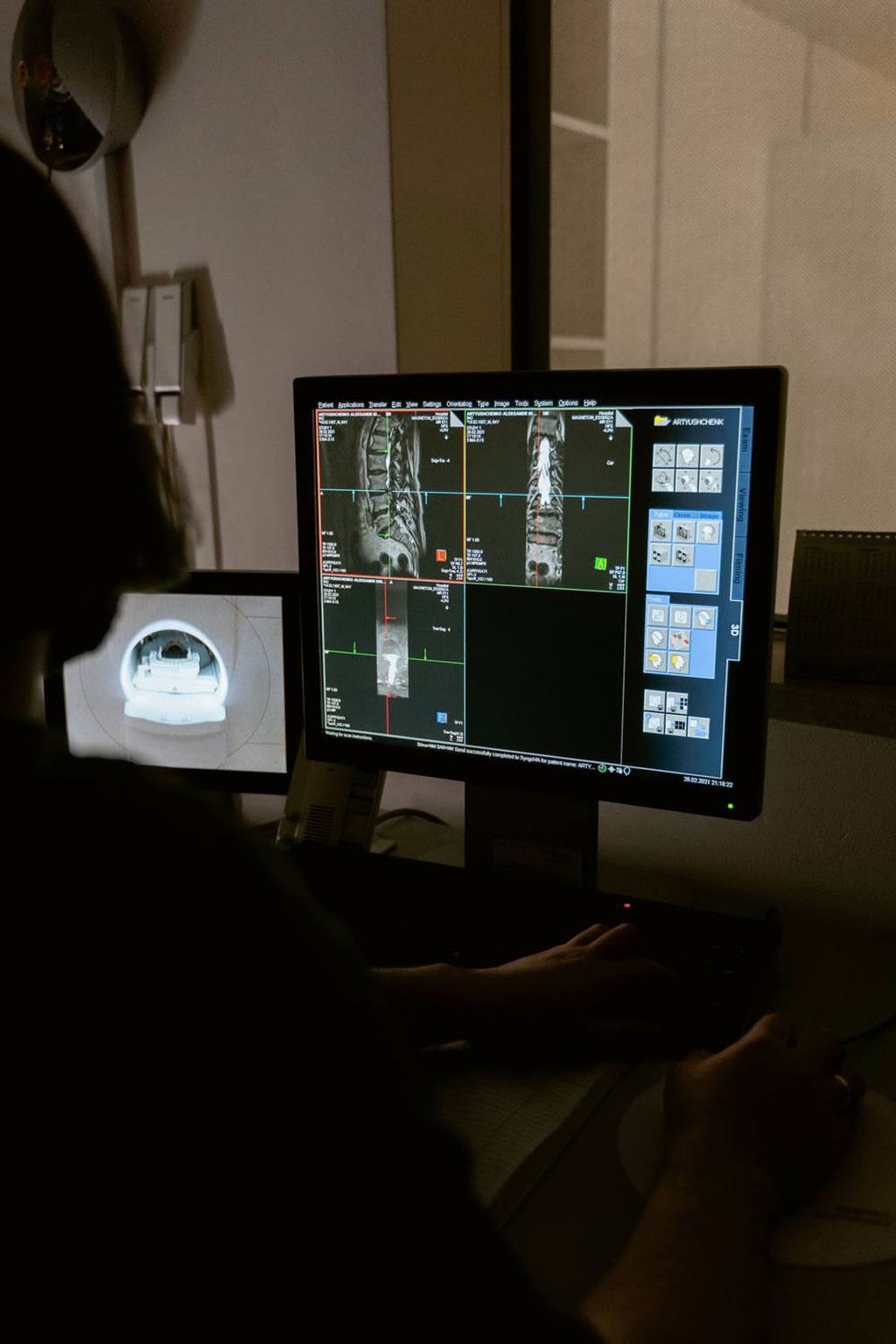AI Predicts Spinal Fractures in Cancer Patients Using CT/MRI Scans
Posted on 06 May 2022
One of the biggest clinical concerns that cancer patients face is the risk of spinal fractures due to spinal metastasis - when disease spreads from other places in the body to the spine - which can lead to severe pain and spinal instability. As medicine continues to embrace machine learning, a new study suggests how scientists may use artificial intelligence (AI) to predict how cancer may affect the probability of fractures along the spinal column.
While many of the changes the body undergoes when exposed to cancerous lesions are still a mystery, with the power of computational modeling, scientists can get a better idea of what’s happening to the spine. The study by researchers at The Ohio State University (Columbus, OH, USA) demonstrated how the researchers trained an AI-assisted framework called ReconGAN to create a digital twin, or a virtual reconstruction of a patient’s vertebra. Unlike 3D printing, where a virtual model is turned into a physical object, the concept of a digital twin involves building a computer simulation of its real-life counterpart without creating it physically. Such a simulation can be used to predict an object or system’s future performance - in this case, how much stress the vertebra can take before cracking under pressure.

By training ReconGAN on MRI and micro-CT images obtained by taking slice-by-slice pictures of vertebrae acquired from a cadaver, researchers were able to generate realistic micro-structural models of the spine. Using their simulation, the team was also able to virtually enlarge the model, a capability the study says is imperative to understanding and incorporating changes into the entirety of a vertebra’s geometric shape. In this case, the researchers used CT/MRI scans from a 51-year-old female lung cancer patient whose cancer had metastasized to simulate what might happen if cancer weakened some of the vertebrae and how that would affect how much stress the bones could take before fracturing.
The model predicted how much strength parts of the vertebra would lose as a result of the tumors, as well as other changes that could be expected as the cancer progressed. Some of their predictions were confirmed by clinical observations in cancer patients. For a field like orthopedics, using a non-invasive tool like the digital twin can help surgeons understand new therapies, simulate different surgical scenarios and envision how the bone will change over time, either due to bone weakness or to the effects of radiation. The digital twin can also be modified to patient-specific needs, according to the researchers. But this was just a feasibility study and much more work is needed, say the researchers. ReconGAN was trained on data from only one cadaveric sample, and more data is needed for AI to be perfected.
“Spinal fracture increases the risk of patient death by about 15%,” said Soheil Soghrati, co-author of the study and associate professor of mechanical and aerospace engineering at The Ohio State University. “By predicting the outcome of these fractures, our research offers medical experts the opportunity to design better treatment strategies, and help patients make better-informed decisions. What really makes the work in a distinct way is how detailed we were able to model the geometry of the vertebra. We can virtually evolve the same bone from one stage to another.”
“The ultimate goal is to develop a digital twin of everything a surgeon may operate on,” added Soghrati. “Right now, they’re only used for very, very challenging surgeries, but we want to help run those simulations and tune those parameters even more.”
Related Links:
The Ohio State University














